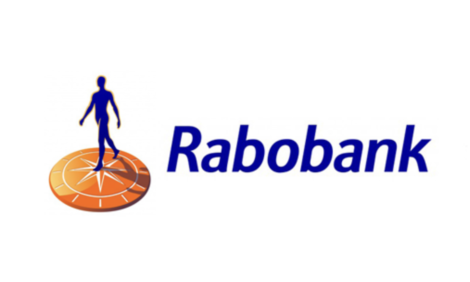



Pork Checkoff Supports Lean Meat in Dietary Guidelines
US - The Pork Checkoff has submitted more comments to US governmental organisations to support the inclusion of lean meat in dietary guidelines.The second round of comments was submitted to the secretaries of the US Department of Health and Human Services and the US Department of Agriculture.
The comments include research not previously considered in an earlier report from the Dietary Guidelines Advisory Committee (DGAC).
This group will recommend new dietary guidelines for the American public. The new guidelines, revised every five years, are scheduled to go into effect early next year.
"The National Pork Board supports the recommendations in the previous dietary guidelines for the consumption of lean meat and protein foods," said Adria Sheil-Brown, manager of nutrition communication and research with the National Pork Board.
Those recommendations are based on the published science and focused on the benefits of choosing a variety of nutrient-rich foods.
She added: "Americans will enjoy better health through more frequent selection of naturally nutrient-rich foods, including lean meat."
Consumption data show that nutrient-rich meats are not overconsumed in the average American diet.
"In fact, more than 60 percent of the US population is consuming the Protein Food Group at or below the recommended intake levels and low intake of protein remains a special concern among older adults, according to the technical report," said Ms Sheil-Brown.
The Pork Checkoff's comments included details that research has shown how lean meat, including pork, plays an important role in many aspects of a healthy diet:
• Iron - Iron is under-consumed by adolescent and premenopausal females, including women who are pregnant. The 2015 DGAC recommends adolescent and pre-menopausal females increase consumption of foods rich in iron. Haem iron is only found in meat and is more available than the non-haem iron from plant sources. Data indicate that haem iron is absorbed by the body at levels ranging from 15 to 35 percent while iron from plants (non-haem) is absorbed at levels ranging from only 2 to 20 percent. A 3-ounce serving of pork tenderloin delivers 5 percent of the daily value (DV) of heme iron.
• Potassium - Few Americans consume potassium in amounts equal to or greater than the adequate intake level, yet there are a number of health benefits from dietary potassium including its effect on blood pressure. A 3-ounce serving of pork tenderloin is a "good" source as it delivers 10 percent of the DV of potassium.
• Vitamin B-12 - Lean meat is also an important source of vitamin B-12, a micronutrient not found in plant-based foods. As the dietary research scenarios within the DGAC technical report note, generally when animal foods were replaced in various ways with plant foods, the research indicated "micronutrient intake was generally similar with the exception of a drop in vitamin B12." A 3-ounce serving of pork tenderloin delivers 8 percent of the DV of vitamin B-12.
Ms Sheil-Brown said that lean-protein benefits have been linked to better body weight management, positive impacts on cardiovascular disease, lowered hypertension in adults and positive effects in controlling type 2 diabetes.








